Insulin - Post Prandial
Understanding Insulin - Post Prandial
What is Insulin - Post Prandial?
The Insulin Post-Prandial test, also known as two-hour postprandial/two-hour PPG sugar test, is done to detect diabetes. In diabetes, the body does not make enough insulin to keep your blood sugar in check. This leads to elevated blood sugar levels, and leads to serious health problems including heart, nerve, kidney, and eye damage.
The insulin test is performed if you have symptoms like sweating, hunger, palpitations, blurred vision, and fainting. No standard reference range has yet been established for Insulin-post prandial levels in the Indian population, therefore the same could not be provided along with the test. The levels are increased in obesity and type II diabetes and decreased in the case of untreated type 1 diabetes mellitus and hypopituitarism.
What is Insulin - Post Prandial used for?
The insulin postprandial test is done:
If you have signs or symptoms of low blood glucose (hypoglycemia) like sweating, hunger, confusion, blurred vision, dizziness, palpitations, and sometimes fainting
In case of suspected type 2 diabetes, polycystic ovarian syndrome, heart disease, or metabolic syndrome
To determine the start of insulin therapy if you are a diabetic
In the case of suspected insulinoma
To detect insulin resistance
What does Insulin - Post Prandial measure?
The insulin postprandial test measures the levels of sugar in the blood after two hours of having food. If a person has diabetes, it means the body is not able to make sufficient insulin to keep blood sugar in check. This can lead to high sugar levels in the blood which can further lead to serious health problems such as eye and nerve damage.
This test tells how the body gives a response to sugar and starch after ingestion of a meal. As the food is digested in the stomach, the levels of blood sugar rise high. In response, the pancreas releases insulin so that the sugar is transferred from the blood to the cells of muscles and other tissues where it can be used as fuel. Ideally, within two hours of intake of a meal, the insulin and blood glucose levels should return to normal. In case, the blood glucose still remains high, there are chances that the person might have diabetes.
Interpreting Insulin - Post Prandial results
Interpretations
Frequently Asked Questions about Insulin - Post Prandial
Q. What are the symptoms of diabetes?
Q. What other tests are advised by doctor along with insulin postprandial test?
Q. What does abnormal levels of insulin postprandial test means?
Q. What factors can affect the results of insulin postprandial test?
Q. How is the blood sample taken?
Q. Is there any risk associated with the withdrawal of blood sample procedure?
Book a Insulin - Post Prandial test at home near me
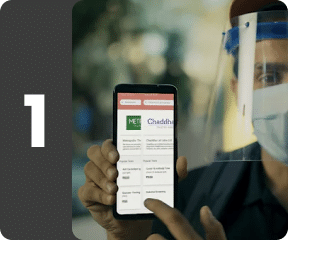
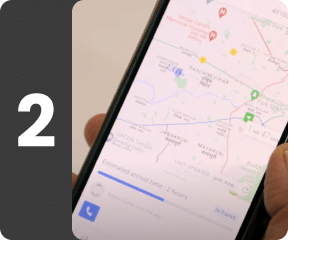
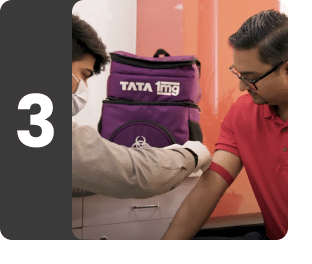
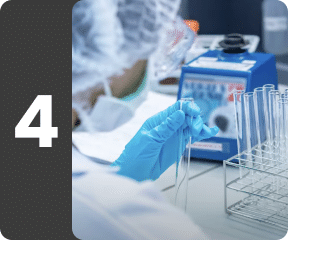
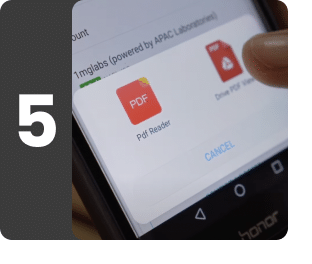
Other tests









